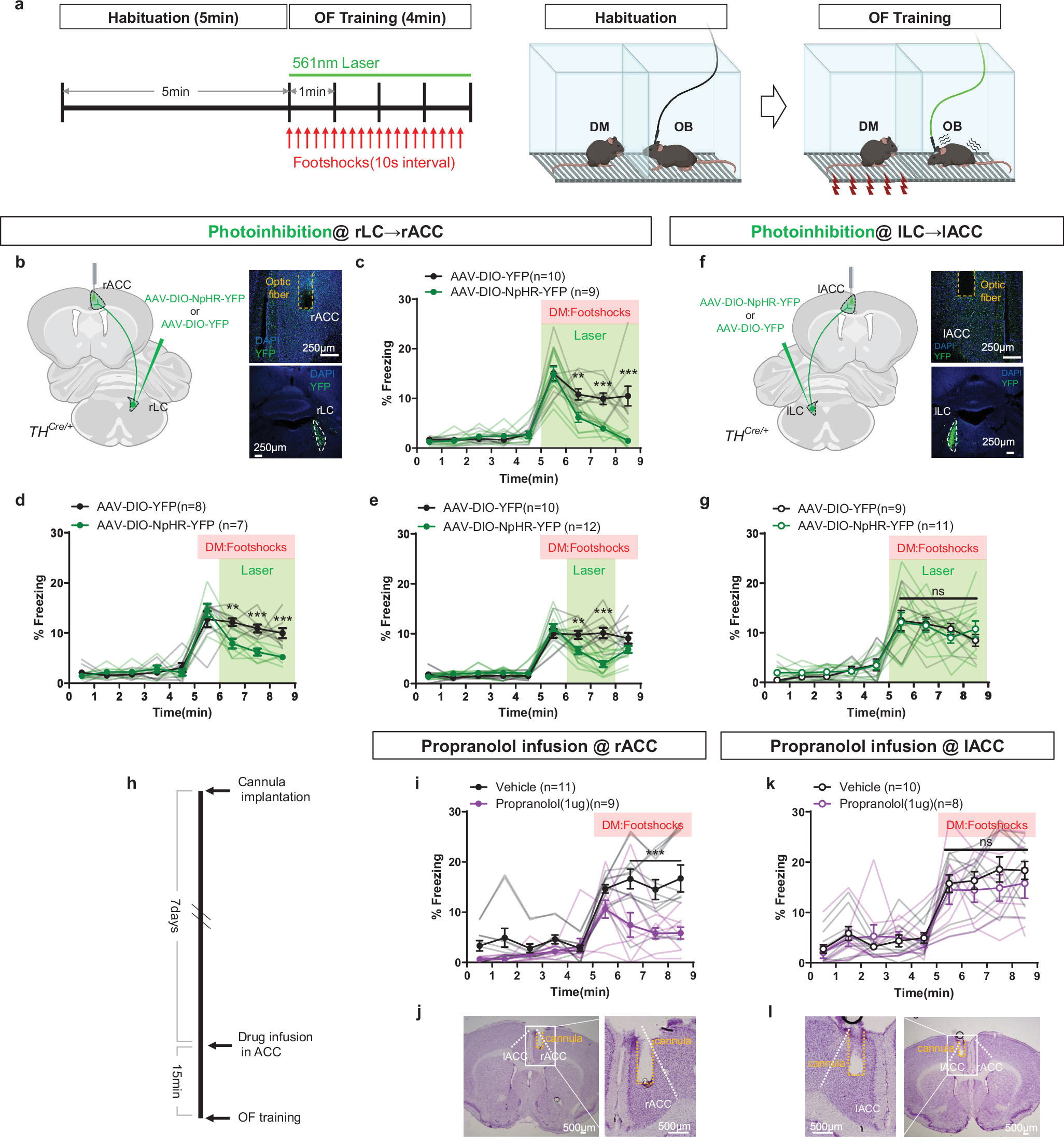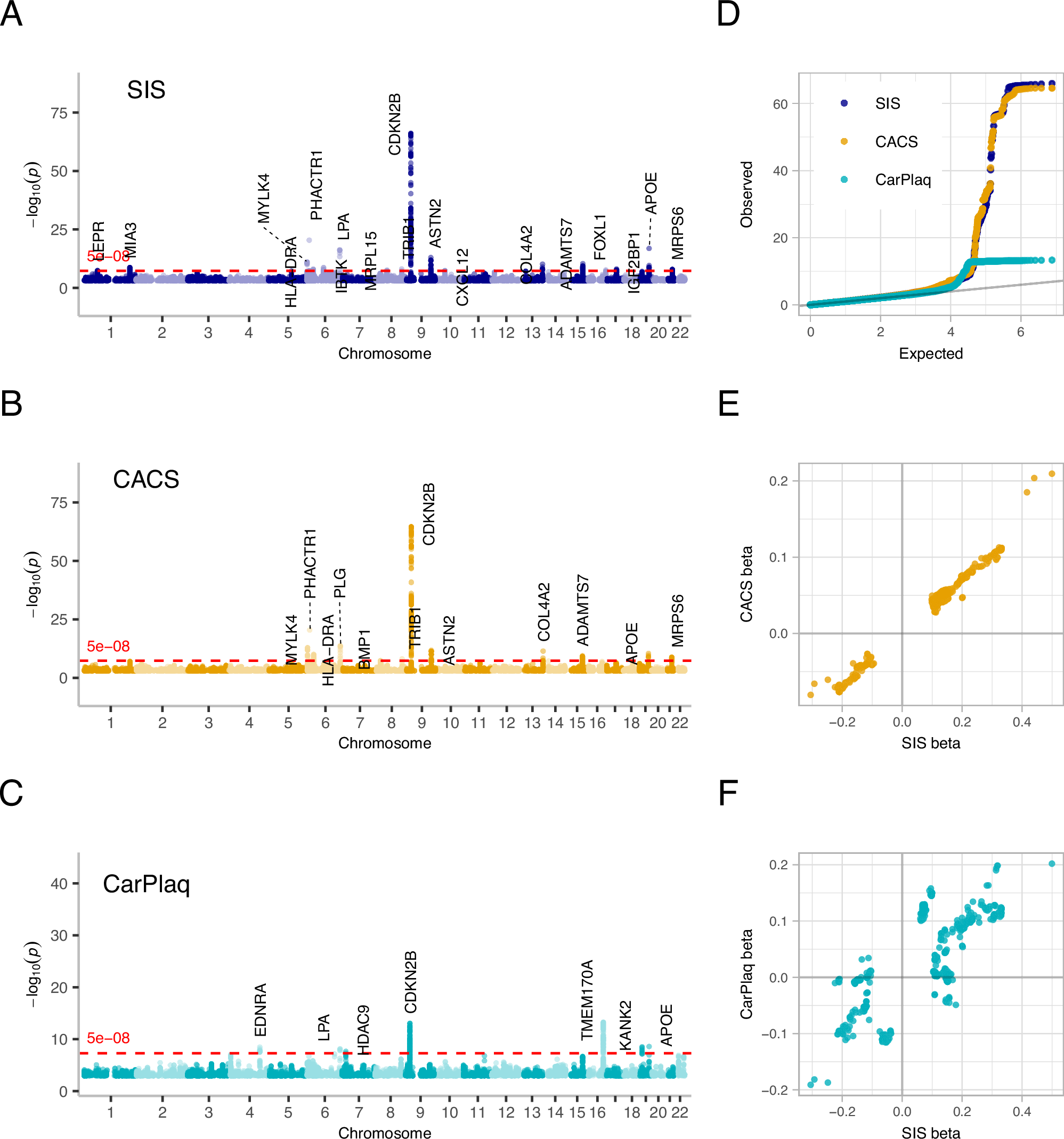2025-03-31 韓国基礎科学研究院(IBS)
<関連情報>
- https://www.ibs.re.kr/cop/bbs/BBSMSTR_000000000738/selectBoardArticle.do?nttId=25747&pageIndex=1&searchCnd=&searchWrd=
- https://www.nature.com/articles/s41467-025-57701-0
マウスの代償性恐怖と直接恐怖を区別するLC-NA神経系の側方化 The lateralized LC-NAergic system distinguishes vicarious versus direct fear in mice
Jong-Hyun Kim,Da-Eun Choi & Hee-Sup Shin
Nature Communications Published:10 March 2025
DOI:https://doi.org/10.1038/s41467-025-57701-0

Abstract
Fear can be induced either directly through self-experience of aversive events or vicariously by observing conspecifics experiencing such events. The locus coeruleus-norepinephrine (LC-NA) system is crucial in fear responses and cognitive processes. We investigated whether the LC-NA system differentially processes these two types of fear, direct and vicarious in male mice. The results highlighted that the right hemisphere LC→anterior cingulate cortex pathway is uniquely crucial for vicarious fear, while the two inputs to the LC—from the bed nucleus of the stria terminalis (BNST) and the central amygdala (CeA)—differentially contribute to fear processing. The BNST plays a more targeted role in vicarious fear, and the CeA has a broader influence on fear in general. This underscores the complexity and specialization within the LC-NA system for fear-processing.


